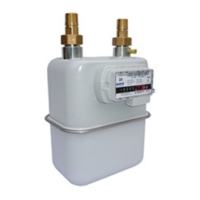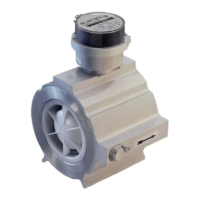Information for general use
Rev. M / 73023639
1.2. How to use this document
Honeywell recommends that all technical documentation is always kept to hand in the system. For
a comprehensive overall understanding of the measuring system, it is essential to read the manual
before starting work!
Safety and warning information (generally shown as in this example) must be read and
obeyed in all circumstances.
A lack of warning signs or information does not release you from your personal
responsibility for safety.
Les consignes de sécurité et les avertissements (habituellement représentés comme dans
cet exemple) doivent être lus et respectés dans tous les cas!
En cas de défaut de symbole d’avertissement ou de consigne, vous restez responsable de
votre propre sécurité!
The modular, standard design of our devices allows you to skip some sections of this document. To
gain knowledge in the various fields, for example, operation, it is also enough simply to read the
appropriate chapters after the safety instructions.
The first chapters of this document deals with the hardware. It contains the explosion-relevant
information as well as a summary of relevant safety and warning notices. In addition to general
expertise, it enables the Q2 to be handled safely and efficiently.
The chapters 7 and 8 (software) are addressed to measurement operator’s and explains the basic
functions of the measuring instrument and how to operate the Q2 in detail.
The chapters 9, 10 and 11 gives information for keeping Q2 permanent in measuring capability and
a summary of the technical data.
The illustrations and figures are designed to provide a visual depiction
of the topics covered. They may differ slightly from the actual design.
1.3. Symbols, abbreviations and definitions
Essentially the same symbols are used both on the device and in the documents to ensure clarity.
A comparison with other Honeywell documentation will highlight the alternative symbol (if there
is one). Texts which are preceded by a sign of this type must be followed to the letter.
To ensure greater differentiation between gas and electrical lines, the term “cable” is always used
in this documentation for electrical lines.
General safety rules and expertise for how to act in plants and in dealing with gas
are assumed to be known and are therefore not reproduced here in full.

